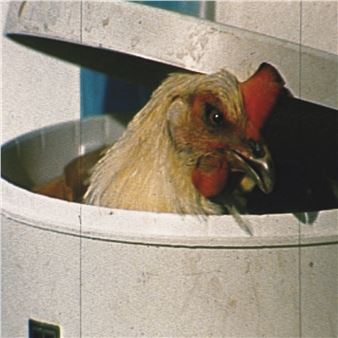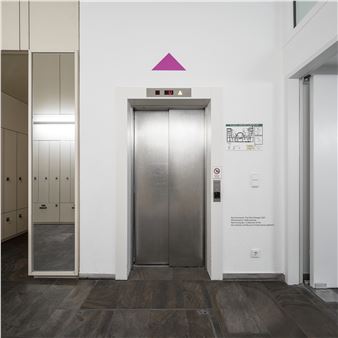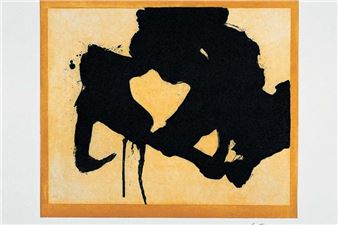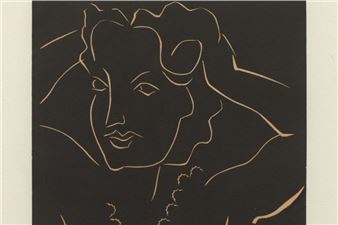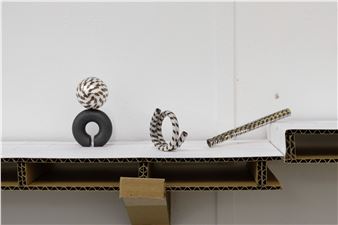Mariana Castillo Deball: Replaying Life’s Tape
Castillo Deball works across installation, sculpture, drawing, printmaking and publishing to explore histories of objects and ideas, and their shifting meanings over time. Often drawing on the tools and methods of Western sciences including anthropology, archaeology and more recently palaeontology, her artworks reconfigure historical and cultural material in ways that show the world to us anew.
For her project at MUMA, Castillo Deball has focused on the Ediacara Hills, an area north of Adelaide in the western part of the Flinders Ranges. It was in these hills that Reginald Sprigg (1919–1994), a geologist, first made his discovery in 1946 of a group of fossils of such significance that a new geological age—the Ediacaran Period (between 635 and 542 million years ago)—was named for the site. The multi-cellular organisms of the Ediacaran Period, directly preceding the Cambrian, inhabited seafloors prior to the emergence of animals with skeletons and shells.

Recommended for you
Castillo Deball works across installation, sculpture, drawing, printmaking and publishing to explore histories of objects and ideas, and their shifting meanings over time. Often drawing on the tools and methods of Western sciences including anthropology, archaeology and more recently palaeontology, her artworks reconfigure historical and cultural material in ways that show the world to us anew.
For her project at MUMA, Castillo Deball has focused on the Ediacara Hills, an area north of Adelaide in the western part of the Flinders Ranges. It was in these hills that Reginald Sprigg (1919–1994), a geologist, first made his discovery in 1946 of a group of fossils of such significance that a new geological age—the Ediacaran Period (between 635 and 542 million years ago)—was named for the site. The multi-cellular organisms of the Ediacaran Period, directly preceding the Cambrian, inhabited seafloors prior to the emergence of animals with skeletons and shells.
Artists on show
Contact details


 ARTISTS
ARTISTS








